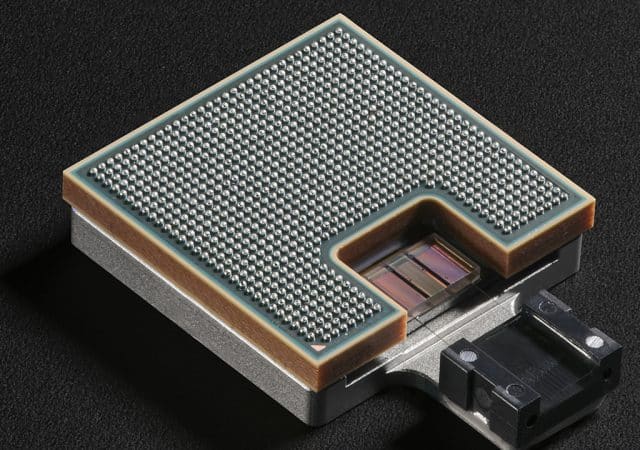Commerce Department announces first working group members to develop statewide response to historic federal funding opportunities, slates first meeting Dec. 17.
AI
Ex Arm CTO Takes Chair Role at Optalysys
Optalysys, a company enabling the future of secure AI, backed by the Lingotto Investment Management LLP, imec.xpand, & Northern Gritstone, has appointed Dipesh Patel as Chair of its Board.

IBM Brings the Speed of Light to the Generative AI Era with Optics Breakthrough
New co-packaged optics innovation could replace electrical interconnects in data centers to offer significant improvements in speed and energy efficiency for AI and other computing applications.
Deloitte’s 16th Annual ‘Tech Trends’ Report Reveals AI Is Quickly Becoming Foundational to the Modern Enterprise
Deloitte’s 16th annual “Tech Trends” report — built on deep cross-industry experience and real-world stories — shines a light on the following trends poised to graduate from sensational to foundational over the next 18-24 months.
Lam Research Introduces the Semiconductor Industry’s First Collaborative Robot for Fab Maintenance Optimization
Dextro’s robotic arm delivers precision and accuracy to help chipmakers drive yield improvement.
Global Semiconductor Alliance Announces the 2024 Recipients of the GSA Annual Awards
Last night, the Global Semiconductor Alliance (GSA) celebrated its 30th anniversary and the achievements of remarkable individuals and exceptional semiconductor companies at its annual GSA Awards Ceremony gala.
NVIDIA to Open Vietnam R&D Center to Bolster AI Development
NVIDIA announced today it is opening its first Vietnam research and development center, signaling its confidence in the country’s bright artificial intelligence future.
Lumotive and Lattice Semiconductor to Demo Chip-Based Beam Steering for 3D Sensing at DevCon 2024
At Lattice DevCon 2024, the companies will showcase how their combined technologies transform the landscape of industrial automation, robotics, and autonomous mobility.
Beebolt and SEMI Announce Strategic Partnership to Drive Supplier Resilience and Agility
Beebolt, the AI-led collaboration platform for global trade, has partnered with leading global industry association, SEMI, to revolutionise supplier operations in the semiconductor industry.
Biden-Harris Administration Announces CHIPS Incentives Award with Intel
Today, the Biden-Harris Administration announced that the U.S. Department of Commerce awarded Intel Corporation up to $7.865 billion in direct funding under the CHIPS Incentives Program’s Funding Opportunity for Commercial Fabrication Facilities.